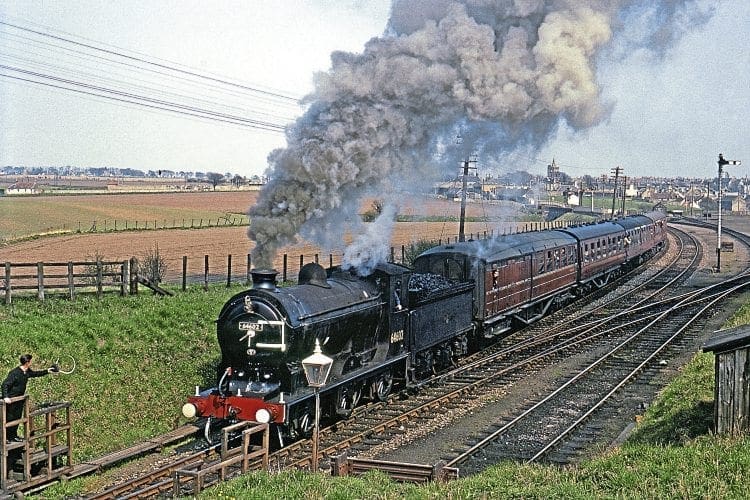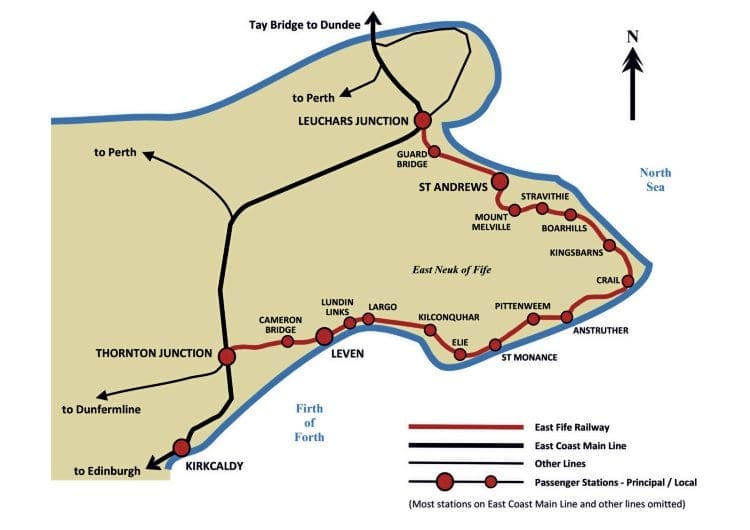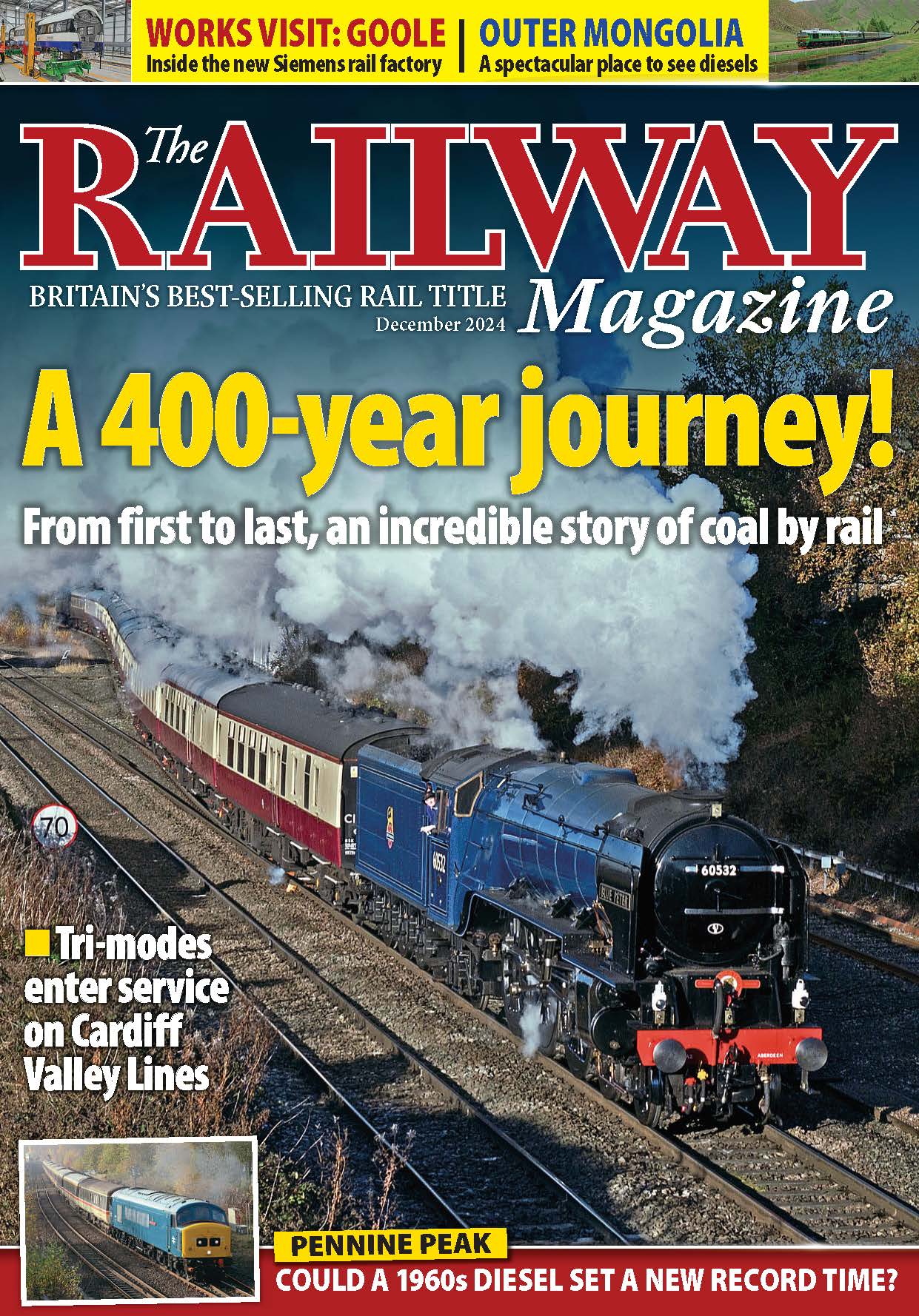Robert Drysdale has a huge interest in the East Fife Railway, which stemmed from numerous family holidays in the area. Here, he recalls some of the peculiar operating practices that were carried out at the picturesque town of Anstruther.
The June and July 2016 editions of The Railway Magazine carried a fascinating two-part article by consultant editor Nick Pigott containing an in-depth interview with John Cameron CBE, farmer and well-known figure in the railway world, who is the owner of celebrated streamlined ‘A4’ Pacific No. 60009 Union of South Africa and ‘K4’ Mogul No. 61994 The Great Marquess.
His family owned large farms in Perthshire and Fife, and the young John grew up in Fife, attending school in the small coastal town of Elie, which lies on the south coast of the doghead-shaped peninsula known as the East Neuk (‘neuk’ meaning ‘corner’).
The East Fife Railway
Monthly Subscription: Enjoy more Railway Magazine reading each month with free delivery to you door, and access to over 100 years in the archive, all for just £5.35 per month.
Click here to subscribe & save
Elie was one of a number of towns and villages served by the East Fife Railway, or the ‘East of Fife Line’, as it was called in British Railways timetables, which was opened in six stages from 1854 to 1887.
When finally completed it provided a circuitous loop line running for 39 miles from Thornton Junction, on the Edinburgh to Dundee East Coast Main Line (ECML), via Crail and St Andrews to Leuchars Junction, also on the ECML.

Thornton and Leuchars Junctions were only 20 miles apart on the ECML, and trains taking the direct route between the two junctions took only 30 to 40 minutes, whereas those taking the route via Crail could take an extra hour.
Nick’s interview with John Cameron was particularly interesting to me because of the references to his own experiences of the East Fife Railway. As a schoolboy, during the early 1950s, he was allowed to help out at Elie signalbox and to take footplate rides all the way to Haymarket shed in Edinburgh.
Much later, in 1967, after he had acquired Union of South Africa, he arranged for the locomotive to be towed by diesel shunter along the disused but still intact East Fife Railway as far as Crail, from where it was taken by road to his private Lochty Railway, six miles away.
This special train was the last to run on the East Fife line before track-lifting began.
My own interest in the line dates from the 1950s when my family regularly rented a cottage in the village of Lower Largo for our annual summer holiday, and I used to delight in watching the trains run past the end of the garden on the embankment behind our cottage.
After reading the two-part feature on John Cameron’s life I contacted Nick to ask whether he would be able to pass on to John some of my queries about a mystery relating to the operation of trains at Anstruther Station, which I was keen to have resolved. Nick very helpfully set up the contact, and John Cameron’s swift reply to my query solved the mystery – about which more later.
Read more and view more images in the October issue of The RM – on sale now!




